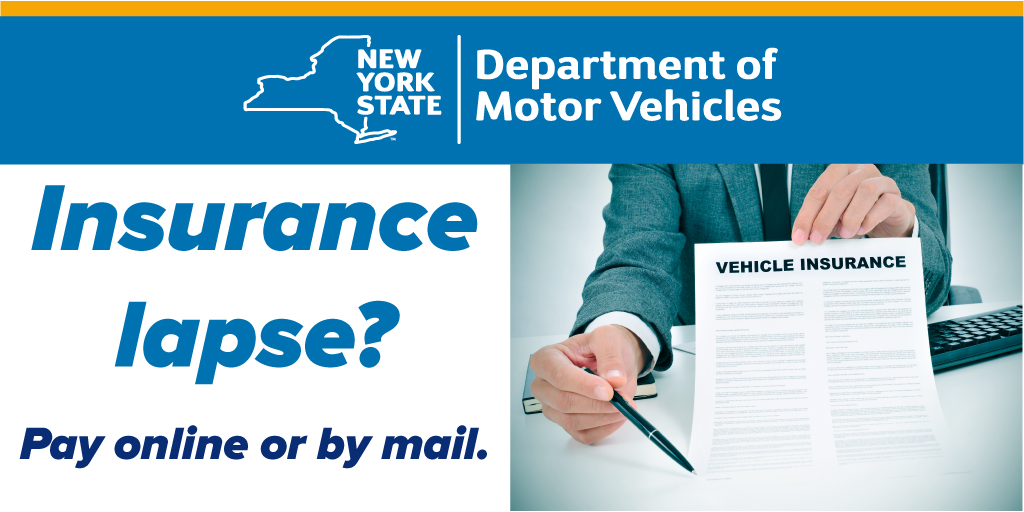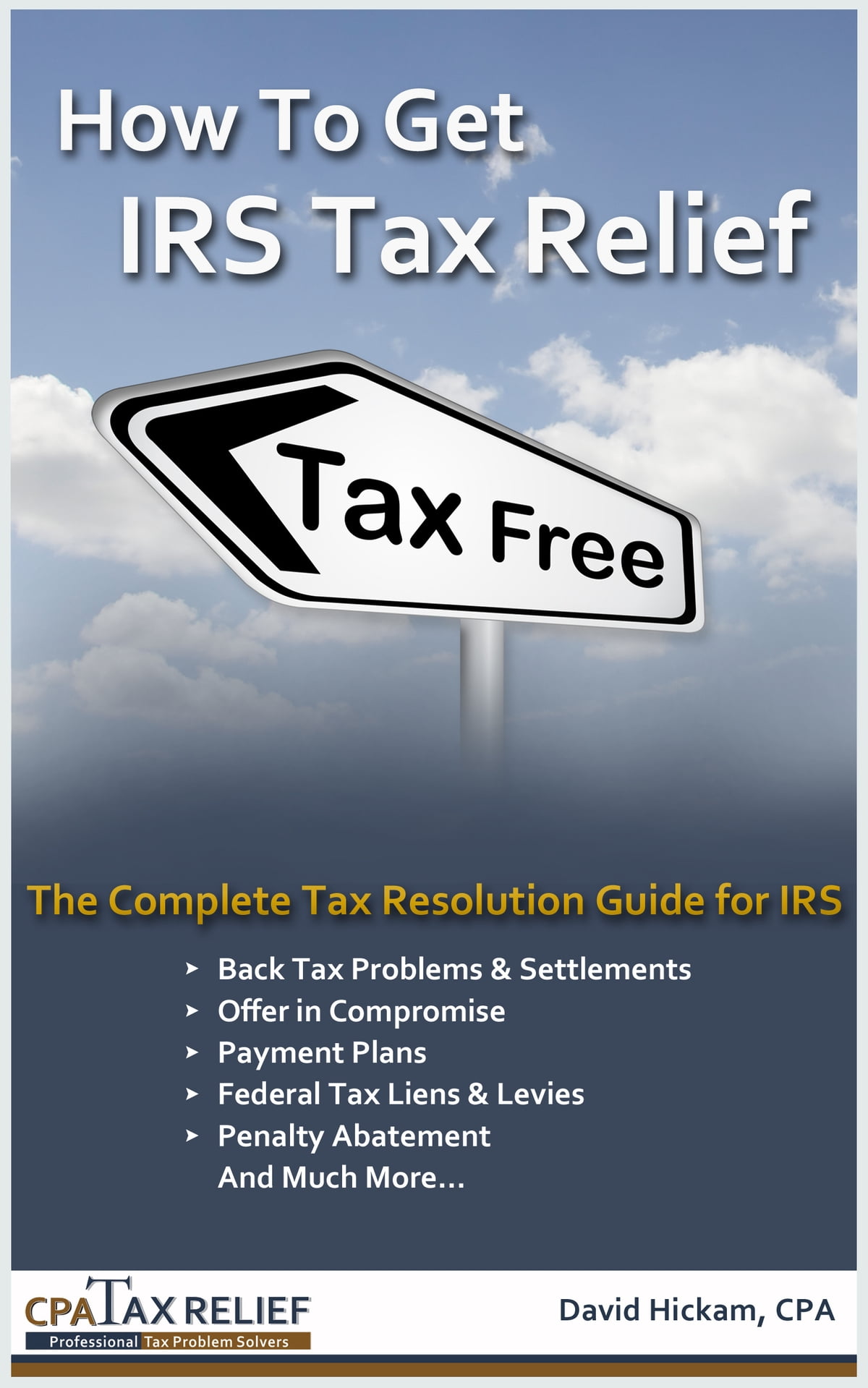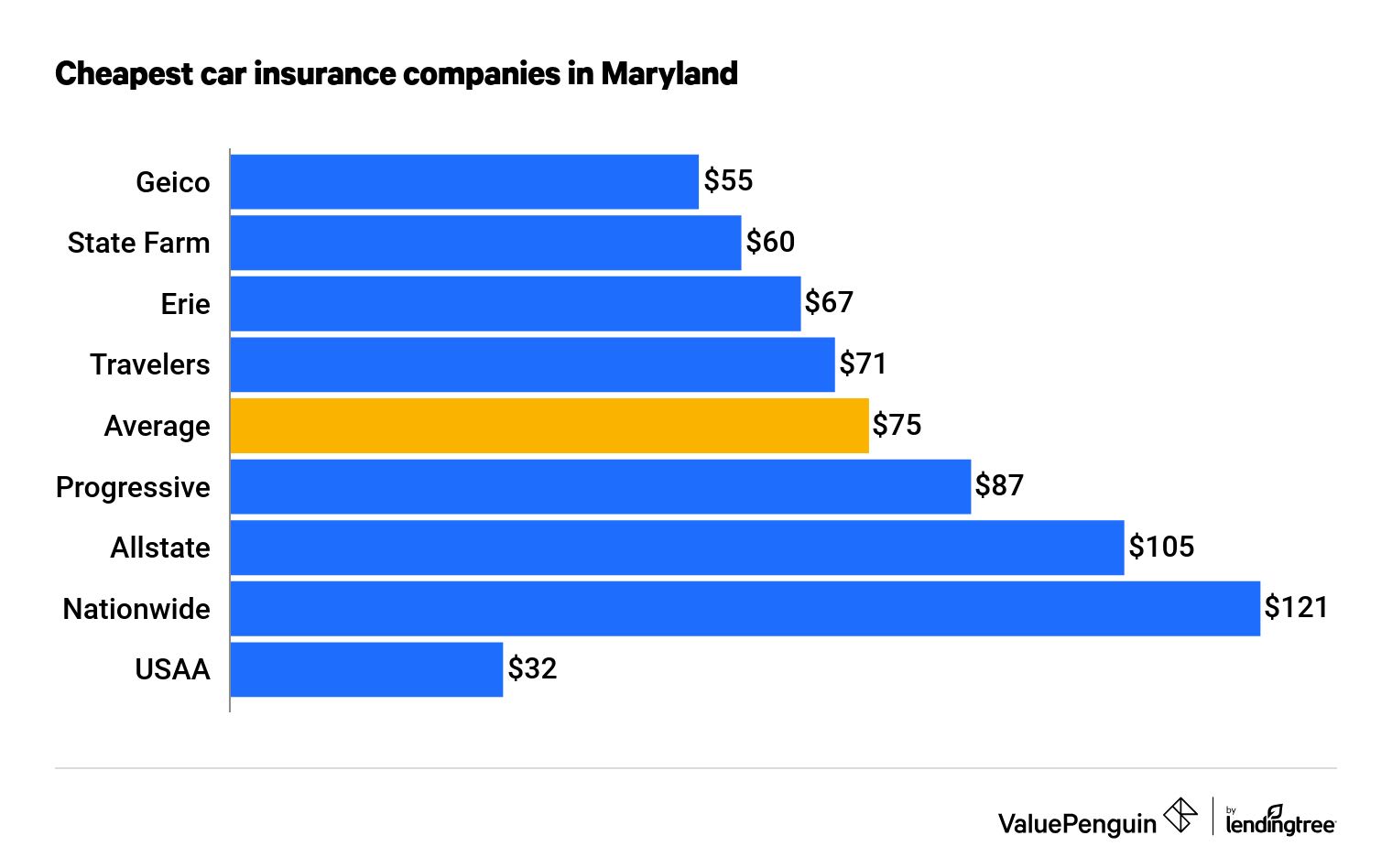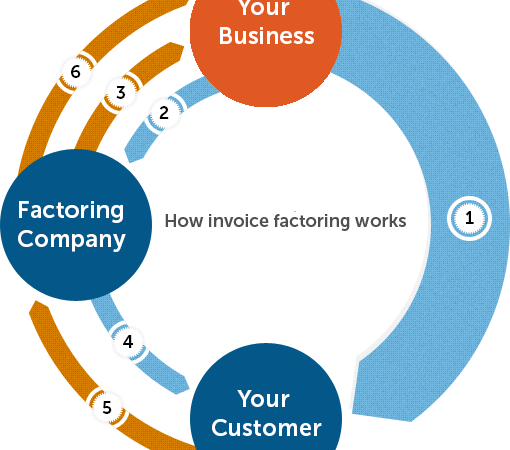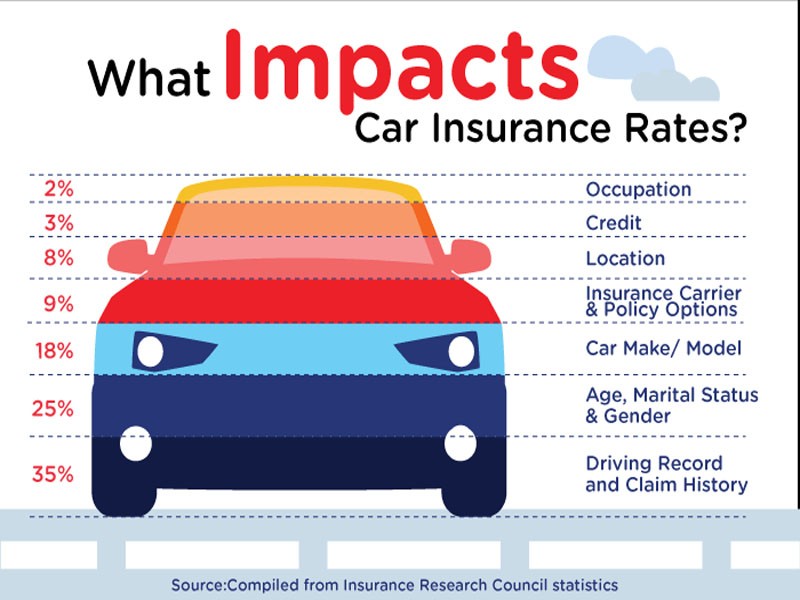When it comes to driving in New York, maintaining valid auto insurance is not just a legal requirement but also crucial for your financial protection. However, there may be situations where you find yourself facing a DMV NY insurance lapse. In this article, we will explore what an insurance lapse entails, the potential consequences it can have on your driving privileges, and the steps you can take to address and prevent such lapses.
What Is A DMV NY Insurance Lapse?
A DMV NY insurance lapse occurs when a vehicle owner fails to maintain continuous auto insurance coverage as required by the state of New York. This means there is a period during which the vehicle is not insured, leaving it vulnerable to financial risks in the event of an accident or damage.
Consequences Of An Insurance Lapse
- Suspension of Vehicle Registration
One of the immediate consequences of an insurance lapse is the suspension of your vehicle registration. The New York Department of Motor Vehicles (DMV) has strict regulations regarding insurance coverage, and failure to meet these requirements can result in the suspension of your vehicle’s registration.
- Fines and Penalties
In addition to registration suspension, there are fines and penalties associated with an insurance lapse. The exact amount varies depending on the duration of the lapse and whether it is a first-time offense or a repeat violation. These fines can range from several hundred dollars to over a thousand dollars, putting a significant burden on your finances.
An insurance lapse can also lead to higher insurance premiums in the future. When you have a gap in coverage, insurance providers consider you a higher risk, resulting in increased premiums when you seek to reinstate your coverage or obtain a new policy. This can have long-term financial implications.
Reasons For An Insurance Lapse
- Non-Payment of Premiums
One common reason for an insurance lapse is the failure to pay insurance premiums on time. If you miss payments or allow your policy to lapse due to non-payment, your coverage will be terminated, and you will face the consequences mentioned earlier.
Insurance policies can be canceled for various reasons, such as misrepresentation of information or frequent claims. If your insurer decides to cancel your policy, it is crucial to find alternative coverage promptly to avoid a lapse.
- Failure to Provide Proof of Insurance
The DMV requires drivers to provide proof of insurance when requested, such as during a traffic stop or when renewing vehicle registration. If you fail to provide the required proof of insurance, the DMV may consider it an insurance lapse, leading to penalties and potential registration suspension.
Types Of Insurance Lapse
Here are some common types of insurance lapse:
- Auto Insurance Lapse: This occurs when a vehicle owner fails to maintain continuous auto insurance coverage. It can happen due to non-payment of premiums, policy cancellations, or failure to provide proof of insurance.
- Health Insurance Lapse: Health insurance lapses when the policyholder fails to pay the required premiums, resulting in a termination of coverage. This can leave individuals without crucial medical coverage and may lead to financial burdens in case of unexpected medical expenses.
- Homeowners Insurance Lapse: Homeowners insurance lapse refers to a situation where the policyholder fails to renew or pay the premiums for their home insurance policy. This can leave the property vulnerable to risks such as natural disasters, theft, or accidents, without any financial protection.
- Life Insurance Lapse: A life insurance policy lapse occurs when the policyholder stops paying the premiums required to keep the policy active. This can result in a loss of coverage and the termination of death benefit protection.
- Business Insurance Lapse: Business insurance lapses when a company or business owner fails to maintain the necessary insurance coverage for their operations. This can include general liability insurance, workers’ compensation insurance, or professional liability insurance.
- Renters Insurance Lapse: Renters insurance lapse happens when a tenant fails to pay the premiums for their renters insurance policy. This leaves them without coverage for their personal belongings and liability protection in case of accidents or damage within the rented property.
- Boat Insurance Lapse: Boat insurance lapse occurs when the owner of a boat or watercraft fails to maintain continuous insurance coverage. This can lead to financial risks and liabilities in case of accidents, theft, or damage to the vessel.
It is important to note that insurance lapses can have severe consequences, including potential legal issues, financial burdens, and the loss of protection against unexpected events. It is crucial to maintain active and up-to-date insurance coverage to ensure adequate protection and compliance with legal requirements.
How To Reinstate Insurance After A Lapse
If you find yourself facing a DMV NY insurance lapse, there are steps you can take to reinstate your coverage and mitigate the consequences.
- Contacting Your Insurance Provider: Reach out to your insurance provider as soon as possible to discuss the situation. They can guide you through the reinstatement process and provide the necessary instructions.
- Providing Required Documentation: Gather any documentation required by your insurance provider, such as proof of address, identification, or vehicle inspection certificates. These documents may vary depending on your specific circumstances.
- Paying Outstanding Premiums: If your insurance lapsed due to non-payment, ensure you settle any outstanding premiums. Make the necessary payments to your insurance provider to reinstate your coverage.
What To Do If Your Vehicle Registration Is Suspended Due To An Insurance Lapse
If your vehicle registration is suspended due to an insurance lapse, here are the steps you should take to address the situation:
- Contact Your Insurance Provider: Get in touch with your insurance provider immediately to discuss the insurance lapse and seek guidance on how to proceed. They will provide you with the necessary instructions and help you understand the specific requirements for reinstating your coverage.
- Resolve the Insurance Lapse: Work with your insurance provider to resolve the insurance lapse. This may involve paying any outstanding premiums, updating your policy, or providing any required documentation. Ensure that you comply with all the instructions provided by your insurance company.
- Obtain an Insurance Certificate: Once you have resolved the insurance lapse, request an insurance certificate or proof of coverage from your insurance provider. This document serves as evidence of your current and active insurance status.
- Visit the DMV or Use Online Services: Visit your local Department of Motor Vehicles (DMV) office or use their online services to address the registration suspension. Provide the necessary documentation, including the insurance certificate, to demonstrate that you have reinstated your insurance coverage.
- Pay any Fees or Fines: Depending on your state’s regulations, you may need to pay certain fees or fines associated with the registration suspension. Check with the DMV for the specific amounts and payment methods.
- Submit Required Forms: Fill out any forms required by the DMV to reinstate your vehicle registration. These forms may include an application for reinstatement, an affidavit of insurance, or other relevant documents. Ensure that you provide accurate and complete information.
- Wait for Confirmation: After submitting the necessary documents and fees, wait for the DMV to process your request for reinstatement. This may take some time, so be patient and follow up if necessary.
- Retrieve Your Registration: Once your registration has been reinstated, you will receive a new registration card or sticker. Place it on your vehicle as instructed and keep the registration documents in a safe place.
It’s important to note that the exact process may vary depending on your state’s regulations and specific circumstances. It’s always advisable to consult with your insurance provider and contact your local DMV for precise instructions tailored to your situation. Promptly addressing the insurance lapse and following the required steps will help you reinstate your vehicle registration and ensure compliance with legal requirements.
Preventing Future Insurance Lapses
To avoid future insurance lapses and the associated consequences, consider the following preventive measures:
- Setting Up Automatic Payments: Enroll in automatic payment systems provided by insurance companies. This ensures your premiums are paid on time, reducing the risk of a lapse due to missed payments.
- Regularly Monitoring Insurance Policies: Stay proactive by reviewing your insurance policies regularly. Keep track of policy expiration dates and renewal notices to avoid any unintentional lapses.
- Keeping Updated Insurance Information: Notify your insurance provider of any changes in your contact information, vehicle ownership, or driving habits. This helps ensure you receive timely notifications and updates regarding your coverage.
Conclusion
Maintaining continuous auto insurance coverage is essential for all drivers in New York. A DMV NY insurance lapse can lead to severe consequences, including registration suspension, fines, and increased insurance premiums. By understanding the causes of lapses and taking proactive measures to prevent them, you can protect yourself from these issues and ensure you meet the state’s insurance requirements.
